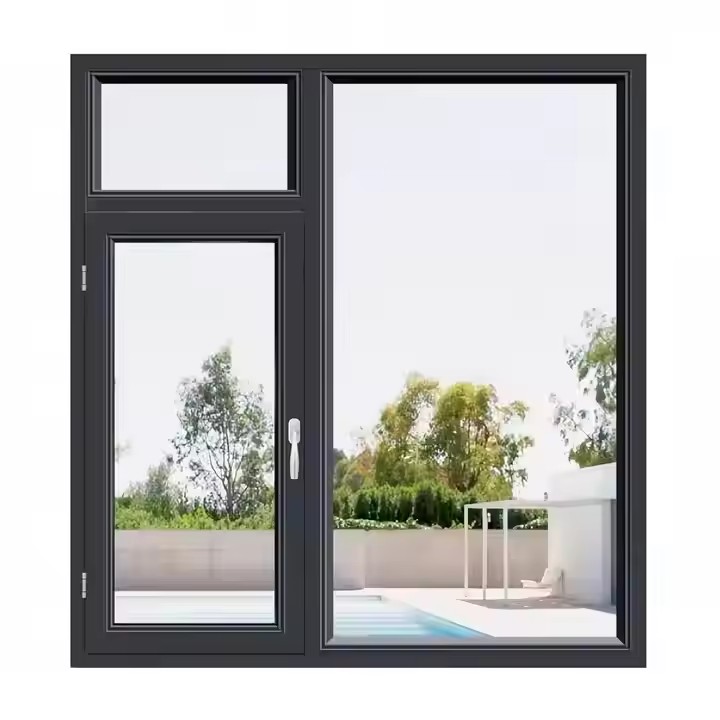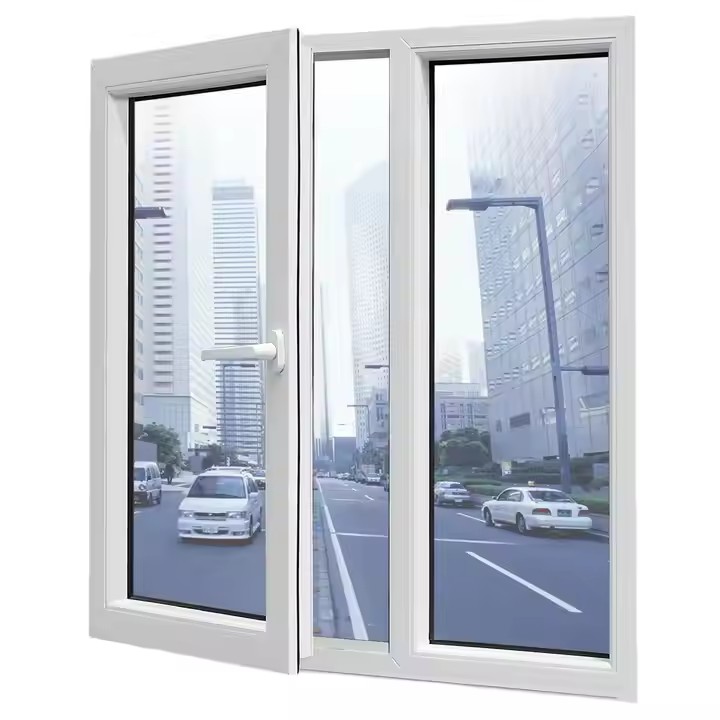The visual quality of folding doors directly determines their market competitiveness. Their aesthetic appeal depends not only on design but also on the precision and detail control of the entire production process.
Factories must break away from the traditional mindset of prioritizing function over appearance, and instead focus on eliminating defects, enhancing texture, and standardizing quality. Through systematic upgrades in material pre-treatment, core machining, surface finishing, and assembly, manufacturers can elevate folding doors from “qualified products” to “refined works,” achieving a true leap in visual appeal.
Since the appearance of folding doors is crucial, design must begin from the most fundamental exterior aspect — as only well-executed exterior design can create visual attraction. Given the demand for lightweight folding doors, meticulous structural and material design is essential — selecting materials that are both strong and durable ensures long-term performance without sacrificing elegance.
- Material Pre-Treatment: The Foundation of Aesthetic Enhancement
Material pre-treatment serves as the foundation for improving the door’s appearance, focusing on eliminating inherent defects in raw materials and building a stable basis for subsequent processing.
For metal substrates (such as aluminum alloys and stainless steel), traditional acid pickling may leave corrosion marks, creating hidden aesthetic issues. Instead, factories should adopt neutral degreasers combined with ultrasonic cleaning, using high-frequency vibration to remove oil and oxide layers from the surface — maintaining residual oil contamination below 5 mg/m². This ensures uniform coating adhesion and prevents visible color inconsistencies during later stages.

A comprehensive substrate inspection mechanism should be established, combining manual and machine-vision detection to eliminate materials with scratches, dents, or oxidation spots, thereby maintaining initial visual integrity.
For wood or plastic substrates, fluctuations in moisture content are the main cause of deformation and cracking. A temperature- and humidity-controlled pre-treatment chamber should be used, maintaining the environment at 20 ± 2 °C and 50 ± 5% humidity. Wood substrates should maintain a moisture content of 8–12%, and plastics ≤ 0.1%. This moisture equilibrium process ensures dimensional stability and prevents warping that compromises surface flatness.
During cutting, traditional saw-cutting machines with a ±0.5 mm tolerance can lead to assembly gaps and uneven seams. Upgrading to CNC laser cutters or precision panel saws can reduce tolerance to ±0.1 mm. Metal cut parts should undergo burr removal — electrochemical polishing for stainless steel and flexible grinding for aluminum — to remove sharp edges and saw marks, achieving both refined aesthetics and tactile safety.
- Core Machining: Enhancing Structural Precision and Visual Consistency
Refining the core machining process is key to addressing structural defects and improving visual uniformity.
In frame forming, traditional extrusion processes can cause bending or distortion, leading to misalignment after installation. Implementing a “precision extrusion + online straightening” integrated process ensures geometric accuracy — keeping bending under 0.3 mm per meter and straightness deviation within ±0.05 mm/m.
For wooden laminated panels, conventional one-step hot pressing often causes uneven heating, resulting in bubbles or wrinkles. The solution is a segmented temperature-controlled process — preheating the substrate at 60 °C, pressing at 120 °C, and then cooling to stabilize. This gradient approach ensures firm bonding between the film and substrate.
A 400-grit sanding step before lamination reduces surface roughness to Ra ≤ 3.2 μm, preventing texture misalignment and corner lifting, and ensuring surface flatness and pattern consistency.

Movable parts such as hinges and screws, often overlooked, play a major role in perceived quality. Hinges should adopt multi-layer electroplating (copper → nickel → chrome) or powder metallization coating, replacing traditional galvanization. This guarantees even gloss, corrosion resistance, and a premium finish. Screws should use embedded nuts and countersunk structures, with CNC precision drilling (hole deviation ≤ 0.2 mm), so they sit flush with the panel surface — eliminating protrusions that disrupt visual harmony.
- Surface Finishing: The Core of Premium Visual Quality
Surface treatment defines the high-end visual quality of folding doors. Optimized processes must be tailored to each material type to resolve common issues such as color variance, gloss inconsistency, and poor scratch resistance.
For aluminum alloy substrates, traditional spray coating can cause uneven thickness (±30 μm) and visible color differences. Upgrading to electrostatic powder coating with constant-temperature curing ensures even powder adhesion and keeps coating thickness variation within ±5 μm. An infrared leveling treatment post-curing further eliminates sagging and pinholes.
Before each production batch, color calibration using a colorimeter should be performed, keeping inter-batch color difference within ΔE ≤ 1.5, ensuring consistent tones. Applying an anti-scratch and wear-resistant topcoat increases surface hardness to ≥ 3H, maintaining a refined appearance even after prolonged use.
For stainless steel substrates, conventional brushing often yields uneven grain. Instead, use CNC brushing machines to standardize direction (longitudinal or horizontal) and control texture depth deviation within ±0.02 mm. Immediately follow with passivation, forming an 8–12 μm protective layer that prevents yellowing and enhances the smooth, uniform metallic finish.
For wood and PVC substrates, UV roller coating is ideal. Applying 3–5 thin layers (instead of thick coating), each cured for about 30 seconds, ensures a smooth, even surface. Infrared leveling afterward enhances gloss uniformity. Solid wood panels can employ open-pore finishing, preserving natural grain texture for a more tactile and layered visual effect.
Through these systematic upgrades — from raw material handling to surface finishing — factories can transform folding doors from ordinary products into visually striking, high-quality architectural elements that stand out in the market.

